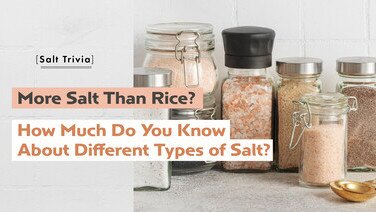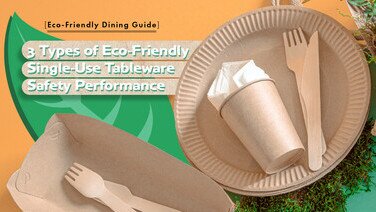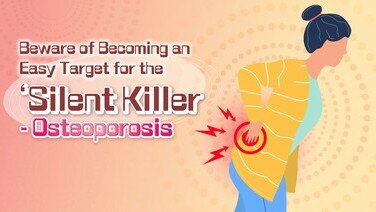5 toxic ingredients in nail polishes
Parents certainly have concerns about the safety of lipsticks as these can be ingested. They are, however, less sensitive to the safety level of nail polishes, and may buy products which claim to be "non-toxic", "water-based", or "safe for kids” straight away. The Consumer Council (or the “Council”) tested some nail polish available on the market and found that some of the chemical composition and hygiene conditions were less than satisfactory. Parents should therefore beware of them!
- Heavy metals: Some nail polish models were found to contain trace amounts of heavy metals such as lead, arsenic and cadmium. Lead may affect the central nervous system, kidneys and hematopoietic function; certain types of arsenic are carcinogenic; and prolonged exposure to cadmium may cause irritant dermatitis. Even if the heavy metal content of the models tested was in compliance with the relevant standard, as children may grab food with their fingers or suck on them after applying nail polish, they may indirectly ingest nail polish or substances that are chipped off. Therefore, it is best to use products that do not contain any heavy metals.
- Methanol: Short-term exposure to methanol may cause irritation to the eyes, nose and respiratory tract. If the concentration is high, it is likely to cause teary eyes, headache and dizziness, etc. Therefore, it is best to choose products that do not contain methanol or have a very low methanol concentration.
- Methylisothiazolinone (MIT) and methylchloroisothiazolinone (CMIT): These preservatives may cause skin allergies in children and certain individuals. After applying nail polish, if the skin around the nails or areas that can be touched by the hands, such as the face and neck, are itchy or swollen, it is recommended to stop using the product.
People with eczema and children with relatively sensitive skin are more prone to skin allergies. When children are suffering from eczema on their hands, or when there are hangnails or cuts on their fingers, do not apply nail polish to avoid skin discomfort.
- Benzene: A few models were found to contain the carcinogenic substance benzene. Benzene is also volatile and can be inhaled through breathing, and may irritate the skin, eyes and respiratory tract. It is recommended to avoid buying products that contain benzene.
- Dibutyl phthalate (DBP), a plasticiser: Adding a plasticiser to nail polish can reduce the drying and cracking of the thin nail polish film and increase its durability on fingernails. However, certain plasticisers such as DBP have potential hazards, including endocrine-disruptive effects, reproductive toxicity, immunotoxicity, and neurotoxicity. Among the tested models, 1 was found to have an excessive amount of DBP, and therefore this product is not recommended for use.
Safety tips on nail polishes
In addition to checking the ingredients of nail polish, it is also very important to know how to use the nail polish properly to avoid health risks.
- For children who have a habit of sucking on their fingers: Avoid letting them apply nail polish on their fingers. In particular, some nail polish products come with stickers and rhinestones, and children may accidentally swallow these foreign objects.
- Do not use expired nail polish products: Expired products may be contaminated by microorganisms. If there is a wound next to the nail, the skin can be easily infected.
- Ensure good ventilation and keep away from fire: Nail polish contains solvents, which will be emitted during use and may be inhaled. Therefore, it is important to keep the room well ventilated when applying nail polish and stay away from fire or other heat sources.
- Minimise the duration of wearing nail polish: Nail polish for children, especially the “washable" or "peel off" type of products, is generally less wear-resistant. This may increase the risk of children accidentally swallowing nail polish films that are chipped off.
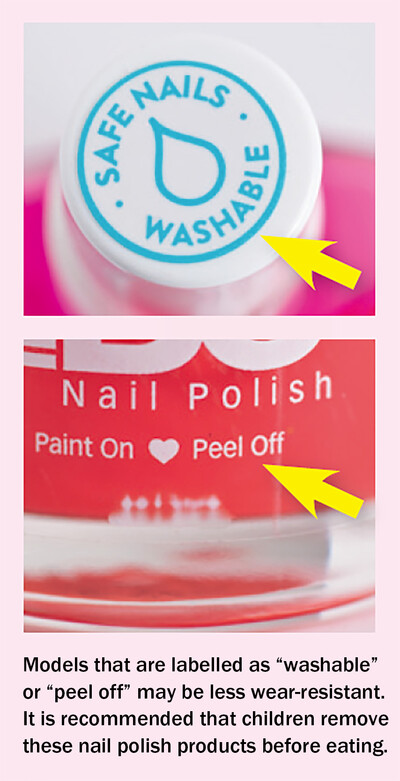
- Remove nail polish thoroughly before eating: This can reduce the chance of children accidentally ingesting nail polish that is chipped off. Parents should remove the nail polish for children thoroughly before meals.
- Pay special attention to water-based nail polish: Nail polish may take a few minutes to dry. Children who lack patience may rub their eyes or touch foods and drinks. Parents should take heed as this will increase the chance of exposing the skin and eyes to nail polish.
- Use nail polish remover sparingly: Nail polish remover will dissolve sebum on the nails and skin, so it should not be used frequently. Contact with the skin should not be too long.
- Check if manicure tools are hygienic: Microorganisms and fungi can be transmitted through tools such as nail clippers and nail files. Sharing these tools may lead to skin and nail infections.
Safety tips on slime toys
- Avoid accidental ingestion by children: Some slime or putty toys on the market are put in containers which look likebeverages or desserts, with bright colours and even fragrances. Children may easily consider them as food. Therefore, children should be accompanied by parents when they play with these toys. These items should also be stored properly to prevent the accidential ingestion by pets.
- Ensure cleanliness: Clean hands thoroughly before and after playing with these toys to avoid contamination between hands and toys.
- 3 ways to reduce health risks: Avoid contact with eyes, mouth, nose and wounds. Do not eat or drink while playing with these toys. Never leave them on the bed to avoid prolonged contact while sleeping.
- Stop playing immediately in case of allergic reaction: If the skin develops itchiness, or becomes red and swollen, stop playing immediately.
- Dispose of toys : Used slime and putty toys should be stored in the original packaging or in sealed boxes to avoid contamination by the environment. If the toys are covered in dust or hair, or have been touched by children who have infectious diseases or shared among many people, these toys should be discarded to prevent the spreading of germs.
After reading the safety tips above, don’t miss the detailed reports on nail polish for children and slime and putty toys. Please refer to the articles, “3 Children’s Nail Polish Models Contained Carcinogenic Substance Benzene and Prohibited Plasticizers”, CHOICE Magazine, Issue 483 (Chinese version only), and “Slime and Putty Toys May Contain Harmful Substances or Microorganisms”, CHOICE Magazine, Issue 514 (Chinese version only).


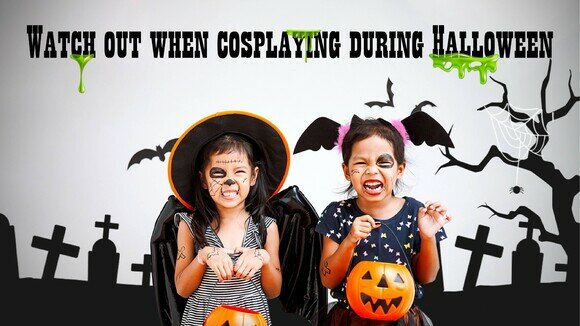




![[Baby Snacks Guide] Who Says Snacks Can’t Be Healthy?](/f/guide_detail/415742/376c212/bb%20snack.jpg)
